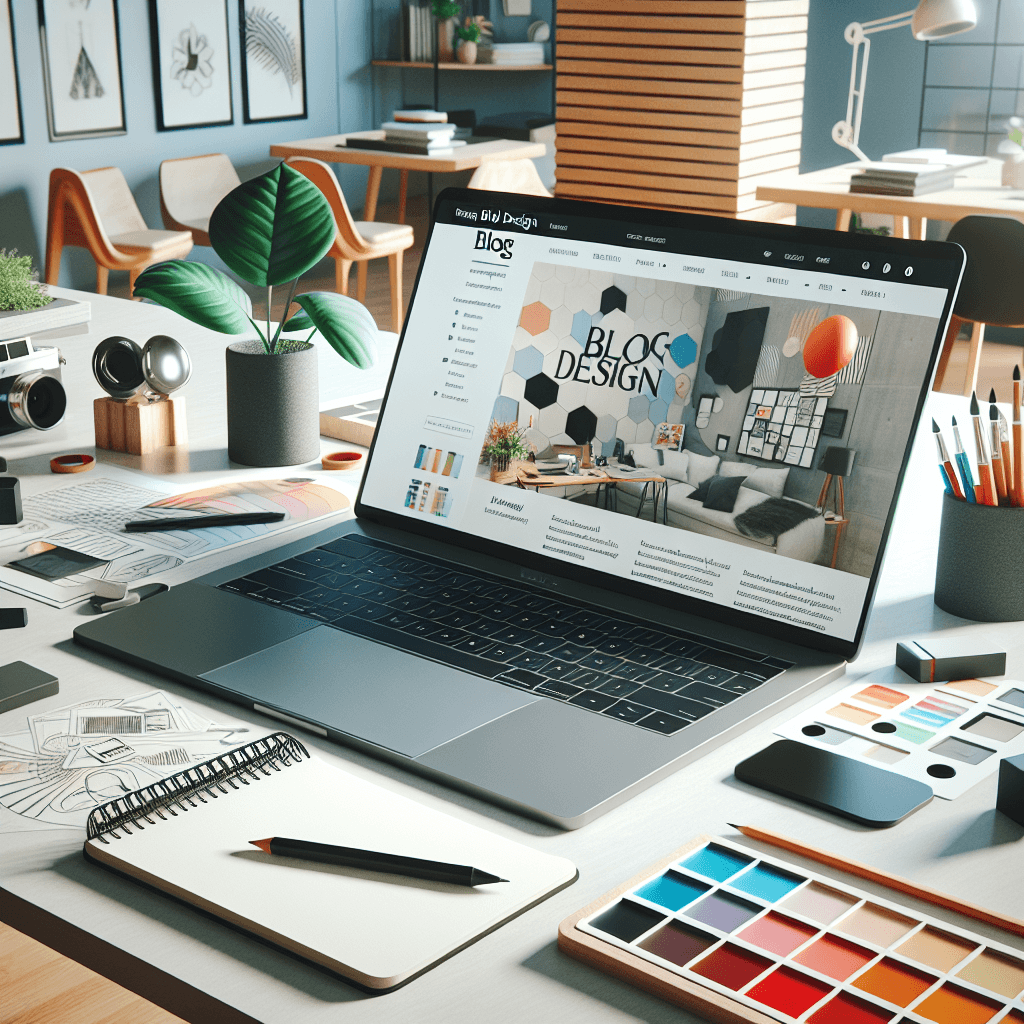Ultimate Guide to Blog Embed: Enhance Your Blog Design

Introduction to Blog Design
In the world of digital content, blog design plays a pivotal role in attracting and retaining readers. A well-designed blog not only enhances the aesthetic appeal but also improves user experience, making it easier for visitors to consume your content. In this ultimate guide, we'll delve into the essentials of blog embed techniques that can elevate your blog design and engage your audience.
Understanding the Basics
Before we explore how to improve your blog design, it’s essential to understand what blog embedding is. In its simplest form, blog embedding refers to the integration of various multimedia elements into your blog posts. This can include videos, social media posts, images, and interactive content that enrich your readers’ experience.
The Importance of Blog Design
An attractive blog design captures attention and encourages visitors to stay longer. Research shows that users take approximately 0.05 seconds to form an opinion about a website. If your blog design is appealing, this initial impression can lead to increased page views and lower bounce rates. To create a blog site that stands out, consider how embedding content can boost engagement.
Key Benefits and Features of Blog Embeds
When you make a blog, embedding multimedia can significantly improve its effectiveness. Here are the key benefits:
1. Enhanced Engagement
Embedding videos or podcasts can engage users visually and audibly. For example, a blog post about cooking can include a video tutorial. According to a study by Wyzowl, 94% of marketers say video content has helped increase understanding of their product or service.
2. Improved SEO Performance
Embedding relevant content can improve your SEO rankings. When you create blog site content that includes high-quality embeds, search engines view it as more valuable, which can lead to improved rankings and increased organic traffic.
3. Increased Shareability
Content that includes embeds is more likely to be shared on social media platforms. A visually appealing blog post with embedded infographics or videos can capture attention and encourage shares, expanding your reach.
4. Establishing Authority
By embedding content from reputable sources, you can build authority in your niche. For instance, embedding statistics from industry studies or quotes from experts can lend credibility to your blog.
Best Practices and Tips for Effective Blog Embedding
Incorporating embeds into your blog design can be straightforward. Here are best practices to follow:
1. Choose Relevant Embeds
Not all embedded content will resonate with your audience. Ensure that the multimedia elements you choose are directly related to your blog topic. For example, if you are discussing digital marketing trends, consider embedding recent statistics from HubSpot or Neil Patel.
2. improve for Mobile
With the increasing number of users accessing blogs via mobile devices, ensure that your embedded content is mobile-friendly. Google’s Mobile-Friendly Test can help you determine if your embeds are optimized for mobile screens.
3. Limit the Number of Embeds
While embeds can improve content, too many can slow down page load speed, affecting user experience. Aim to embed only what adds value to your blog post. A good rule of thumb is to limit embeds to two or three per post.
4. Use Alt Text for Images
When you embed images, remember to include alt text. This is not only important for SEO but also helps visually impaired users understand your content. Alt text should describe the image without being overly lengthy.
5. Monitor Performance
Keep track of how embedded content performs. Use tools like Google Analytics to analyze user engagement with your embedded elements. If certain embeds lead to higher engagement, consider using similar formats in future posts.
Common Challenges and Solutions in Blog Embedding
While embedding can improve your blog design, it comes with challenges. Here’s how to address common issues:
1. Slow Page Load Times
One of the biggest challenges with embedding content is the potential impact on page load times. To counter this, consider lazy loading techniques, which load images and videos only when they enter the viewport.
2. Broken Links
Embedded content can sometimes become unavailable, leading to broken links. Regularly check your embeds to ensure all links are active. Using tools like Dead Link Checker can help automate this process.
3. Compatibility Issues
Not all embedded content will display properly across all devices or browsers. Test your blog on multiple devices to ensure compatibility. You can also use responsive design techniques to improve display across various platforms.
4. Copyright Issues
When embedding content from other sites, be aware of copyright restrictions. Always credit the source and ensure you have permission to use the content. Use Creative Commons licensed material when possible to avoid legal issues.
Conclusion
Blog design is crucial for engaging readers and enhancing user experience. By effectively embedding multimedia elements, you can make your blog more attractive and informative. Remember to follow best practices to ensure that your embeds add value without compromising performance. As you explore ways to improve your blog design, consider the insights we've discussed to create a compelling online presence.
Next steps include implementing these strategies and monitoring your blog's performance to identify areas for improvement. With the right approach, you can elevate your blog and connect with your audience more effectively.